#yellow toadflax
Text


Echtes Leinkraut/Yellow Toadflax (Linaria vulgaris)
#photography#original photography#flowers#plants#wildflower#yellow flowers#yellow#Echtes Leinkraut#Yellow Toadflax
18 notes
·
View notes
Text

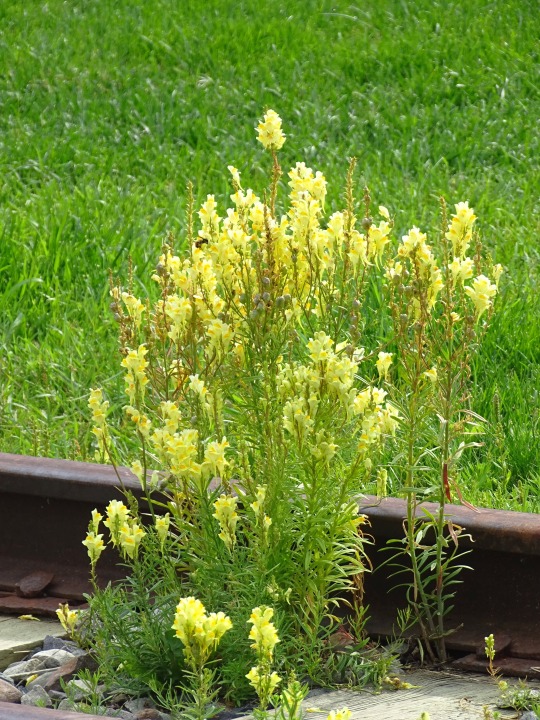




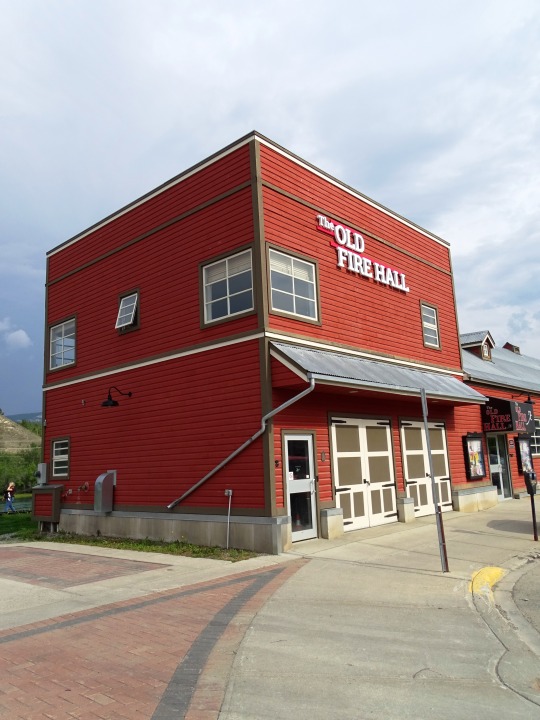



Whitehorse, YT (No. 6)
Whitehorse is located at kilometre 1,425 (Historic Mile 918) of the Alaska Highway and is framed by three nearby mountains: Grey Mountain to the east, Mount Sumanik to the northwest and Golden Horn Mountain to the south. The rapids which were the namesake of the city have disappeared under Miles Canyon and Schwatka Lake, formed by the construction of a hydroelectricity dam in 1958. Whitehorse is currently the 64th largest city in Canada by area. The city limits present a near rectangular shape orientated in a NW-SE direction.
Whitehorse Bylaw 426 (1975) restricts the operation of motor vehicles to designated roadways in certain "Protected Areas" to ensure maximum conservation of the environmental quality. Most are near the downtown core (downtown and Yukon river escarpments, Mt. Mac ski trails, Riverdale, Valleyview, Hillcrest, Granger, Porter Creek, and Mountainview) and one, Pineridge, is south of downtown.
In 1999, the city approved the Area Development Scheme (ADS) which reallocated the area previously known as "Whitehorse Copper" to the following uses: Country Residential, Commercial, Service Industrial, and Heavy industrial.
Recent demands for growth have reignited urban planning debates in Whitehorse. In 1970 the Metropolitan Whitehorse development plan included park and greenbelt areas that were to be preserved to ensure high quality of life even within city limits.
Source: Wikipedia
#Yellow toadflax#Whitehorse Waterfront Trolley#White Pass & Yukon Railroad#Old Firehall#Whitehorse#Yukon#the North#travel#original photography#vacation#tourist attraction#landmark#cityscape#architecture#Canada#summer 2023#street scene#downtown#flower#blooming#fireweed#dark clouds#river bank#Yukon River#flora#wildflower
4 notes
·
View notes
Text

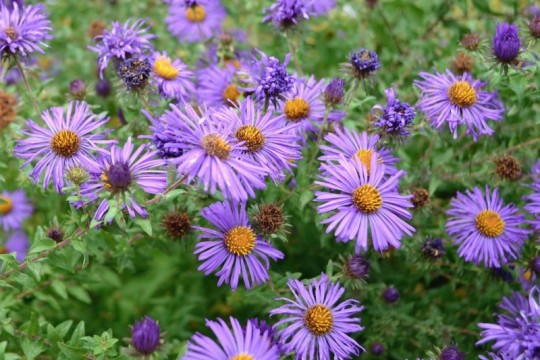

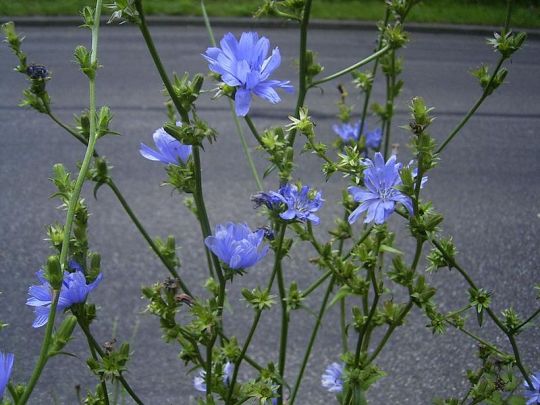
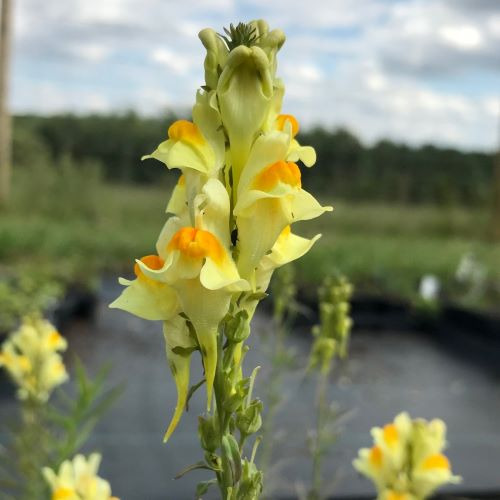

Cool Weather Edible Wild Flowers
Oenothera biennis (Evening Primrose) / Symphyotrichum novae-angliae (New England aster) / Taraxacum officinale (Dandelion) / Cichorium intybus (Chicory) / Linaria vulgaris (Yellow Toadflax) / Polygonum persicaria (Lady's Thumb)
#vegan#edible flowers#evening primroe#new england aster#dandelion#chicory#yellow toadflax#lady's thumb#wildflowers#raw vegan#if you do decide on making any of today's recipes be sure you forage/source sustainably or not at all#Also be 150% sure in your identifications 💕
39 notes
·
View notes
Video
n374_w1150 by Biodiversity Heritage Library
Via Flickr:
British wild flowers. London :William Smith,MDCCCXLVI [1846]. biodiversitylibrary.org/page/55515113
#Great Britain#Identification#Plants#Wild flowers#Smithsonian Libraries#Jane Webb Loudon#Jane Wells Webb#Jane Wells Loudon#Jane Wells Webb Loudon#Jane W. Loudon#Creeping pale blue Toadflax#yellow toadflax#great snapdragon#toadflax#Ivy-leaved Toadflax#Kenilworth Ivy#Cymbalaria muralis#Antirrhinum majus#snapdragon#Linaria repens#striped toadflax#pale toadflax#creeping toadflax#Linaria vulgaris#butter-and-eggs#Linaria acutiloba#Round-leaved Fluellen#Kickxia spuria#roundleaf cancerwort
1 note
·
View note
Text



1 note
·
View note
Photo


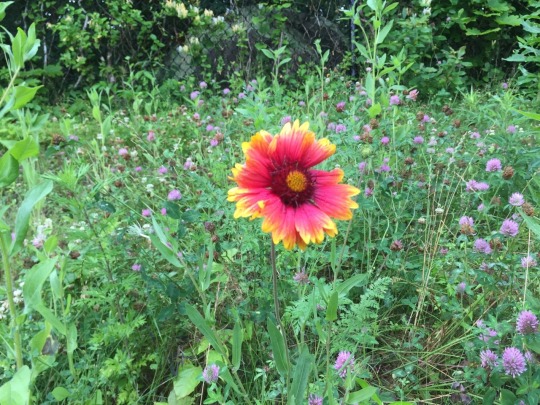



July colors ft. Cheerful pink 🌹
#i#summer#flora#mulberries#yellow toadflax#butter and eggs#lupine#gaillardia#blanket flower#pink rose
0 notes
Text



Canada toadflax (Nuttallanthus canadensis) and Common grass yellow (Eurema hecabe)
68 notes
·
View notes
Text
my dear,
my perfect darling
my love, my one and only
my yellow tulip.
i have picked up a small case, watson.
what is it?
i’m buying you some
diphylleia.
something trivial,
nothing to interest you.
i’ll be going out
to look at some flowers.
what for, holmes?
i hold you in my deepest
mauve carnations.
i believe i will
find some clues
there.
why haven’t i heard of this case?
it doesn’t exist
i am lying
i am making you a
a mulberry
i didn’t think it would
interest you, watson.
hmm. well, you must tell me about it later.
i cannot
you would hate me
i cannot bear that
a daffodil.
of course.
what particularly about flowers?
shit shit shit shit
a purple hyacinth.
flower language.
hmm.
he knows he knows he
cannot know how would he
clovenlip toadflax.
mm. i will see you.
don’t be late for dinner.
#johnlock#holmeswatson#h/w#john watson#sherlock holmes#poetry#storytelling#flower language#unrequited love#possibly unrequited love#acd johnlock#victorian johnlock#why am i tagging this like it's ao3#i might post it there actually#if you want to know the flower meanings they're on wikipedia#yellow tulip#diphylleia#mauve carnations#mulberry#daffodil#purple hyacinth#clovenlip toadflax#<- all of the flowers mentioned#have fun <3#vanny writes poetry and songs for her own enjoyment#TUMBLR STOP FUCKING UP MY POEM FORMAT CHALLENGE
82 notes
·
View notes
Text
Can some tumblr witches who live somewhere where yellow toadflax is good luck come and scour my garden for all the toadflax so I don't have to spend the rest of five years fighting this shit?
It's bad luck here because it outcompetes my cherry tomatillos and even though idk if they're edible (adjacent heavy landscaping) they are still extremely cute and I love them and I hate toadflax
#tumblr witches#toadflax#gardening#its okay to come to iowa as long as you leave#the seeds are good luck if you live in like wales or something#you can boil yellow toadflax in milk to make insecticide#but here its just a shitty plant that turns your gardenbed back into a grass lawn#the flowers are super cute but smell like piss
32 notes
·
View notes
Text
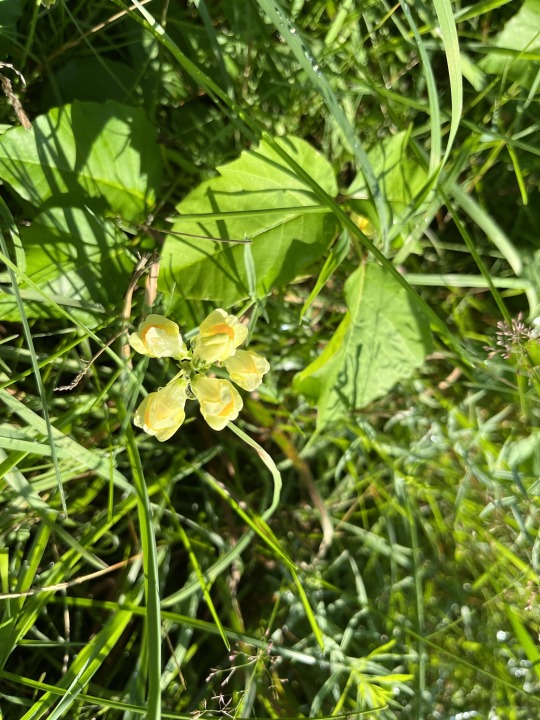
Yellow Toadflax. From my morning walk.
2 notes
·
View notes
Photo
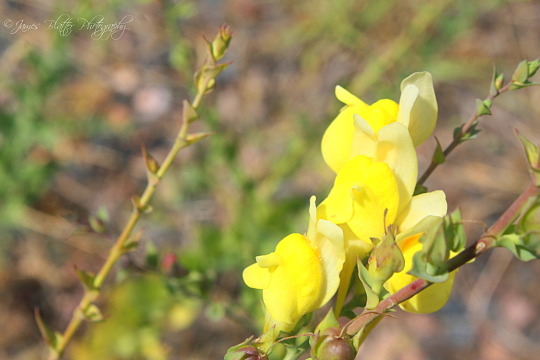
Balken Toadflax
© 2022, James Blatterflower ph
#yellow flowers#wild flowers#toadflax#wildflower#summer flowers#flower photography#nature photography
10 notes
·
View notes
Photo

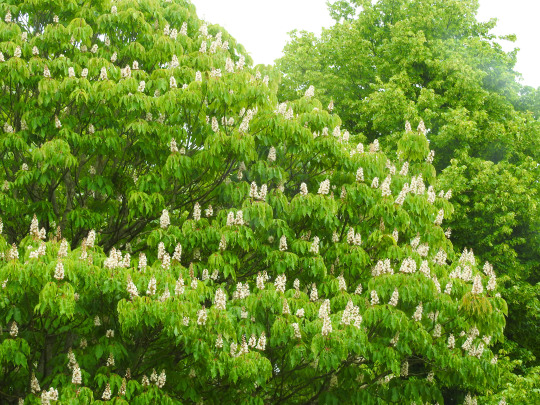

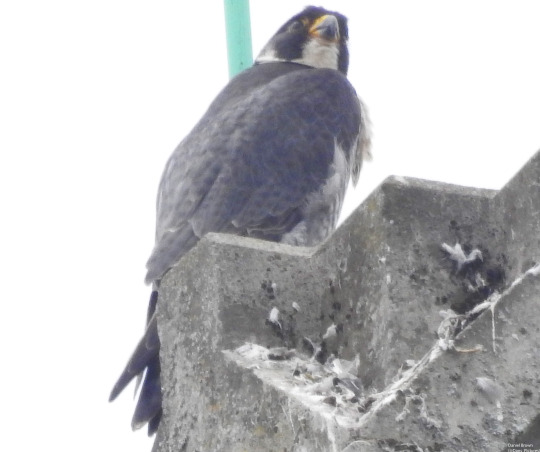
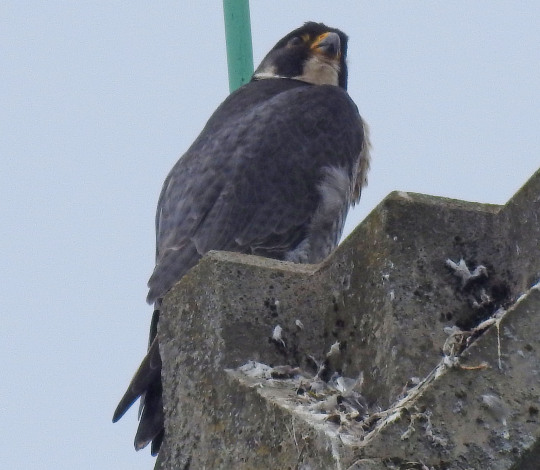





01/06/2022-Winchester, Lakeside and home
I had a more focused day of bringing my bridge camera in my work bag today when working in the office, I was just about minded to bring the camera today in case a young Peregrine was visible on the cathedral north tower with them growing up now and me seeing and taking photos of young Peregrines the class of 2021 a year ago today on an office essential cover rota system. I ultimately didn’t see a young one today, it was quite a speculative and outlandish attempt and it was too early last year’s crop’s nesting season was a bit earlier and I timed it right with 1st June being an early moment they were on the wall of the north tower gully so I am not surprised I didn’t see them today. I will likely bring my bridge camera again on Monday to complete my regular days of doing this in a month and as a more general day for it and will do a special visit later in the month as an extra once they are visible on the gully wall. What sealed the decision of me bringing my bridge camera today was spotting the Great Crested Grebe chicks briefly and well guarded on the nest by the adults yesterday lunch time at Lakeside, knowing I didn’t have time to go back over yesterday evening for further views and knowing the views likely wouldn’t be any different I thought my bridge camera is often a good one for grebe chicks for zoom and I’d likely be cutting through Lakeside at the eastern meadows on the way home so may as well walk down the northern path and have a look at the nest again on Concorde lake tonight with the setup of my Wednesday evening this week different to usual and allowing for the processing of some photos.
I did very much enjoy seeing William the male Peregrine on top of the cathedral and getting photos of this majestic bird and hearing him call well too as I had lunch at the cathedral grounds. I took the fourth, fifth and sixth pictures in this photoset of this bird today. Wonderful connected moments with a bird and species I adore. I reflected on how it meant with more essential office cover on a rota this January before the birth of the hybrid working system in February between here and St. Thomas Church where they go also I have photographed the Winchester Peregrines with my bridge camera in every month of 2022 so far. I made a big thing of things like this in my pre-pandemic working days in Winchester in the office full time so I was happy to made it six out of twelve for months I photographed a Winchester Peregrine in 2022. It’s been a privilege to follow their breeding journey this year up until this exciting point where they now have two gorgeous chicks which I have seen on the webcam a lot. https://www.winchester-cathedral.org.uk/explore/peregrines/ I took the first three pictures in this photoet at Winchester at lunch time of a lovely sign for the Platinum Jubilee, one of many horse chestnut trees I am enjoying a lot lately in the cathedral grounds and pretty pink flowers there too.
Tonight at Lakeside I was too early also when seeing if I could get a very clear glimpse of a Great Crested Grebe chick on the nest but I spent a perfect few minutes by the lake this evening, in a very sunny patch with beautiful reflections into the lake which I took the seventh picture in this picture in this photoset of. It was just so relaxing taking in the world here, I enjoyed seeing the adult birds well especially I believe the male out on the clear blue lake having a preen I took the ninth picture in this photoset of this bird. I also quite amazingly yet again from here saw a Kingfisher fly over what a time I have had for this favourite bird of mine lately a third favourite birds of mine after the grebes and Peregrine I have had a top day for, and I enjoyed seeing a Tufted Duck flying not something I’ve seen often before adding well to a strong time I’ve had for these birds here and also a lovely Black-headed Gull which I took the eighth picture in this photoset of. On a lovely sunny evening I took the tenth picture in this photoset of some nice fluffy clouds from my room out the back. It was great to spend some time with two birds from families who’s nesting journeys I am loving following right now.
Other flora and fauna sightings highlights on a lovely day today were wood-avens, ragwort, oxeye daisy, pretty ivy-leaved toadflax, pretty pink vetch, yellow iris, cow parsley seen well, other white flowers and bits of flowering with the grass looking pleasingly long at Lakeside, magnificent Swift gliding in the sky, Magpie and Jackdaw well at Winchester Cathedral the Jackdaw calling its high pitched onomatopoeic call made a perfect sound track to tonight and I enjoyed Woodpigeon on this lovely evening at Lakeside too.
It was great to see a newish looking moon and lovely little moth tonight in the living room.
#woodpigeon#jackdaw#peregrine falcon#great crested grebe#grebe#england#hampshire#uk#winchester cathedral#lakeside#lakeside country park#oxeye daisy#ivy-leaved toadflax#cow parsley#yellow iris#tufted duck#birds#water birds#europe#world#nature#happy#swift#birdwatching#photography#green#june#magpie#call#family
4 notes
·
View notes
Text

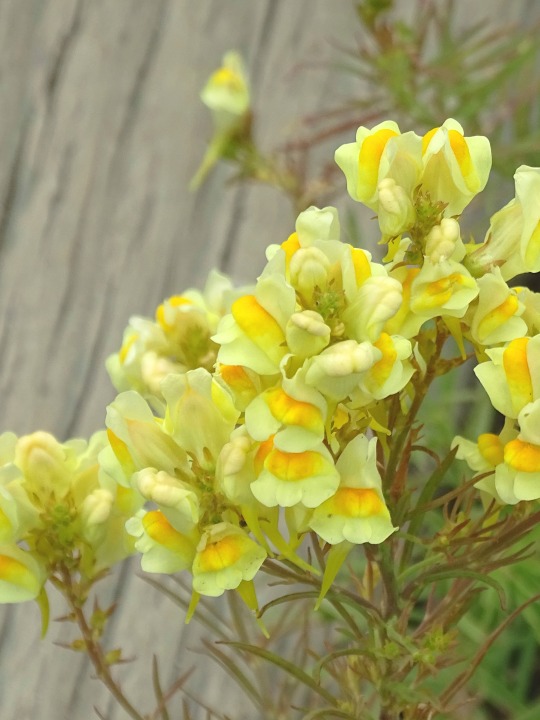








Whitehorse, YT (No. 4)
By 1901, the Whitehorse Star was already reporting on daily freight volumes. Even though traders and prospectors were all calling the city Whitehorse (White Horse), there was an attempt by the railway people to change the name to Closeleigh (British Close brothers provided funding for the railway), this was refused by William Ogilvie, the territory's Commissioner.
On May 23, 1905, a small fire in the barber shop of the Windsor Hotel got out of control when the fire engine ran out of water, spreading throughout the city and causing $300,000 (equivalent to $9 million in 2021) in damage, though there were no deaths. Robert Service was working as a bank teller at the time and participated in suppressing the flame. The White Horse Restaurant and Inn was among the buildings destroyed, after its co-founder Frederick Trump, the grandfather of Donald Trump, had sold his shares and left the city.
Source: Wikipedia
#Whitehorse#Yukon#the North#travel#original photography#vacation#tourist attraction#landmark#cityscape#architecture#public art#sculpture#Canada#summer 2023#street scene#downtown#Yellow toadflax#flower#blooming#Whitehorse Waterfront Trolley#Building on the Past Looking to the Future by Ken Anderson#pine cone#Firefighter by Susan Velder#Healing Totem#MacBride Museum of Yukon History#Government Telegraph Office#log cabin#First Nations
0 notes
Text

Dalmatian Toadflax
#Dalmatian toadflax#Wildflowers#Flowers#yellow flowers#Mount Wilson#san gabriel mountains#angeles national forest#los angeles county#california#photo#digital#original photographers
0 notes
Text
Creating a Backyard Land Spirit Profile
Working with land spirits can help connect you with your local ecosystem, and for some practitioners is a crucial aspect of bioregional magic. Some folks, like myself, consider themselves to be initiated by one or more land spirits.
When I use the term land spirits, I am referring to a few different things. First are the collective spirits of various plants, animals, and insects present in a specific bioregion. An example of collective, in this context, means that if I'm petitioning help from the spirit of violets, I am working with the spirit of all violets present in that area rather than a singe flower that grows in my yard.
The next is the land guardian, which in my practice is a more powerful spirit with claim over a specific territory, like a forest, river, or neighborhood.
Sometimes these two concepts are separate and sometimes they're interchangeable. It all depends on personal practice, culture, local folklore, etc.
One thing that has been extremely beneficial to my practice has been creating a backyard land spirit profile. This method has been useful for spirit work and "green" magic, but more importantly, it's helped me immerse myself in my local ecosystem and I get to meet a lot of cool animals and plants.
Here is an over-simplfied example of my backyard land profile:
Ecosystem: Central Interior and Appalachian: Mixed woodlands, close to possible floodplains
Soil Type: Clay in garden bed, Loamy near/beneath shrubs, Sandy in sunny areas of the lawn
Flora:
Cultivated- Paradise Apple, Highbush Blueberry, Rose of Sharon, Dog Rose, Black-Eyed Susan, Sundial Lupine
Native - Bloodroot, Wild Strawberry, Common Violet, Wrinkle-Leaf Goldenrod, Blue Wood-Aster, Horseweed, Fireweed, Deer-Tongue Witchgrass, Common Milkweed
Invasive - Round-Leaved Bittersweet, Yellow Toadflax, Creeping Bellflower, Common Mugwort
Naturalized - Dandelion, Broad-Leaf Plantain, Deadly Nightshade
Notes - Various mosses, unidentified mushrooms growing on lawn and lichens found on some trees/shrubs.
Fauna:
Mammals - Raccoon, Opossum, Striped Skunk, Grey Squirrel, Chipmunk, Feral Cats, Deer mouse, House Mouse
Birds - Cardinals, Chickadees, Catbirds, American Robin, Downy Woodpecker, Turkey Vulture, Crow
Reptiles and Amphibians - N/A
Fish - N/A
Invertebrates - Dotted Wolf Spider, Leopard Slug, Tiger Bee Fly, Monarch Caterpillars, Peach Root Weevile, Narrow-Winged Mantis, Fireflies
Ecoregion and Soil Type
The first thing I did was determine what type of ecosystem my yard used to be. In an urban/suburban area this was a bit challenging.
I started by identifying a few wild plants and finding out where they usually grow. Most of them seemed to prefer shady woodlands and rich soil. There were also a couple of pioneer species present in the sunnier and more disturbed areas of the yard.
Next, I took a look at surrounding wild areas. We are close to a mountain and a large river. There are woodlands near and within the city made up of mostly hardwood and conifer trees. I knew from memory that certain areas close to my home are likely floodlands.
After that, I found a bioregion map of my country which showed that my state fell under the category of Central Interior and Appalachian. I searched this region on landscope.org and was able to determine my specific ecoregion (not shared here for privacy reasons).
From there I started making educated guesses. I determined that my backyard was likely a mixed hardwood and conifer woodland sitting very close to what might have been a floodplain.
For my soil type, I took samples from different areas of my yard and used an online guide to determine what kind of soil I had. Most of it was sandy or loamy, but my flower beds seemed to have some clay.
Using all this information, I had a general idea of what kind of plants and wildlife would be present without human intervention. It also helped with deciding which native plants to start growing.
Plants
Throughout the year, I went out to the yard with a wildlife field guide and a couple identification apps and identified every plant and insect I found. I grouped the plants into four categories: native, invasive, naturalized, and cultivated. This isn't shown in the example, but I also grouped them by season and the time of year they appear.
Naturalized refers to plants that have integrated themselves into the environment without inflicting damage to the local ecosystem.
You'll notice that under the cultivated section I included a few native plants. This is because those plants were introduced by me and would not be present without my intervention and I wanted to make that distinction.
The importance of native and naturalized plants is obvious, but what about cultivated and invasive? Keeping a profile of invasive plants helped me keep a record of which noxious weeds I need to remove. From an ecological perspective, their removal is crucial to the survival of my native plants and garden crops. From a spiritual perspective, this can be an offering or act of service to the local land spirits. Some of these plants, like Common Mugwort, are both valuable for workings and fine to harvest in large quantities since they are invasive.
Cultivated plants are also important. Many of these plants, like my Blueberries, Apples, and Rose of Sharon, were here before me. The importance of plants introduced by humans is greater than you'd think. First, they are usually crops and flowering plants and provide food for both humans and the local wildlife. Secondly, I live in an urban area, and my land spirits are likely very closely associated with people.
I researched all of my plants and took note of growth patterns, toxicity, medicinal uses, ediblity, native region/habitat, ecological significance/impact, etc. Then I moved onto folklore and symbolism and started working with the spirits of a few plants, performing divination, leaving offerings, harvesting them and including them in rituals and spellwork. I did this in groups to avoid feeling overwhelmed.
Please note that you should always properly identify plants and be aware of potential toxicity before harvesting, especially if you plan on burning or consuming said plant. Also steer clear of protected or threatened plants and keep harvest to a minimum even for abundant native species.
Wildlife
My next project was writing down every species of animal and insect that I had encountered in my yard. I grouped them into several categories: mammals, birds, reptiles, amphibians, fish, and invertebrates. In real life my invertebrates section is separated into several subcategories (orb weavers, beetles, etc.).
Next, I used basically the same system I did for plants, researching their native range, preferred habitat, behavior, diet, ecological importance. Then I started looking into folklore.
Finally, I started integrating them into my practice and working with their collective spirits. This involved using animal symbolism in rituals, leaving offerings, and performing a lot of divination.
Remember to never interact with or directly feed wildlife. If I'm making offerings outdoors it is usually fresh water, scattered birdseed, and acts of service like creating habitats and growing plants that a specific species enjoys. If scattering birdseed, do so in the morning to keep too many animals, like raccoons, from entering your yard at night.
Side note: Keep a record of what appears in your yard each year! For example one year we had several chipmunks and one year I saw none. One year we had no fireflies and the next our backyard was covered in them.
Tying It All Together
Once I had my backyard profile completed, I started working with the collective spirits of select species. I have an offering schedule, perform communication, and petition these spirits regularly in spellwork. I use certain plants that I harvest for offerings and use for tinctures, infusions, cooking, and crafts. I use symbols of local animals in crafts and spellwork.
After working with the "smaller" spirits, you can start seeking out specific land guardians by using a combination of divination and research of local history and folklore.
On a mundane level, I am now able to cultivate an appropriate ecosystem for the local wildlife and start projects to support it. Examples of this are pollinator gardens, stick and brush piles for fireflies and small animals, growing seed-rich and fruiting plants for birds and mammals, winter shelters and TNR plans for feral cats, and more.
I also like to take notes on plants and wildlife that I encounter in my general area that don't usually make it into my backyard. For example there have been coyotes, foxes, bobcats, and black bears spotted in my neighborhood.
I want to stress that I live in a semi-urban and relatively populated neighborhood and I have a small yard. The brief example of of my land profile doesn't cover even a fraction of the wildlife I have encountered in my backyard. There is so much life in urban and suburban areas in need of our support.
#bioregional magic#spirit work#green witchcraft#land spirits#witchcraft#plant magic#local witchcraft
4 notes
·
View notes
Text
FLOWER PROMPTS !
esther has had enough of the festive season and it's time to run it back with some angst and other prompts. i wanna get as much writing as i can in the next few weeks so i can post while i'm busy with exams again. you guys know the drill.
LIST : choose a prompt + one character from GENSHIN IMPACT or TWISTED WONDERLAND
check my RENTRY for characters i write for + my rules (might happen that i forgot one and might stumble upon a character i don't like writing for in the requests. apologies in advance.)
limited slots, no guarantee that ur request will be fulfilled if it doesn't inspire me bc i rather treat them as suggestions yada yada and all that jazz
SLOTS CLOSED — ꒰ 0/7 DONE ꒱
hibiscus + leona kingscholar
sunflower + kamisato ayato
rainflower + epel felmier
alstromeria + kalim asim
yellow rose + malleus draconia
clovenlip toadflax + heizou
single rose + cyno
#haha HEYYYYYY 🤩#all my other wips r fuming rn lmao#genshin impact x reader#twisted wonderland x reader#✰ — esther's works
20 notes
·
View notes